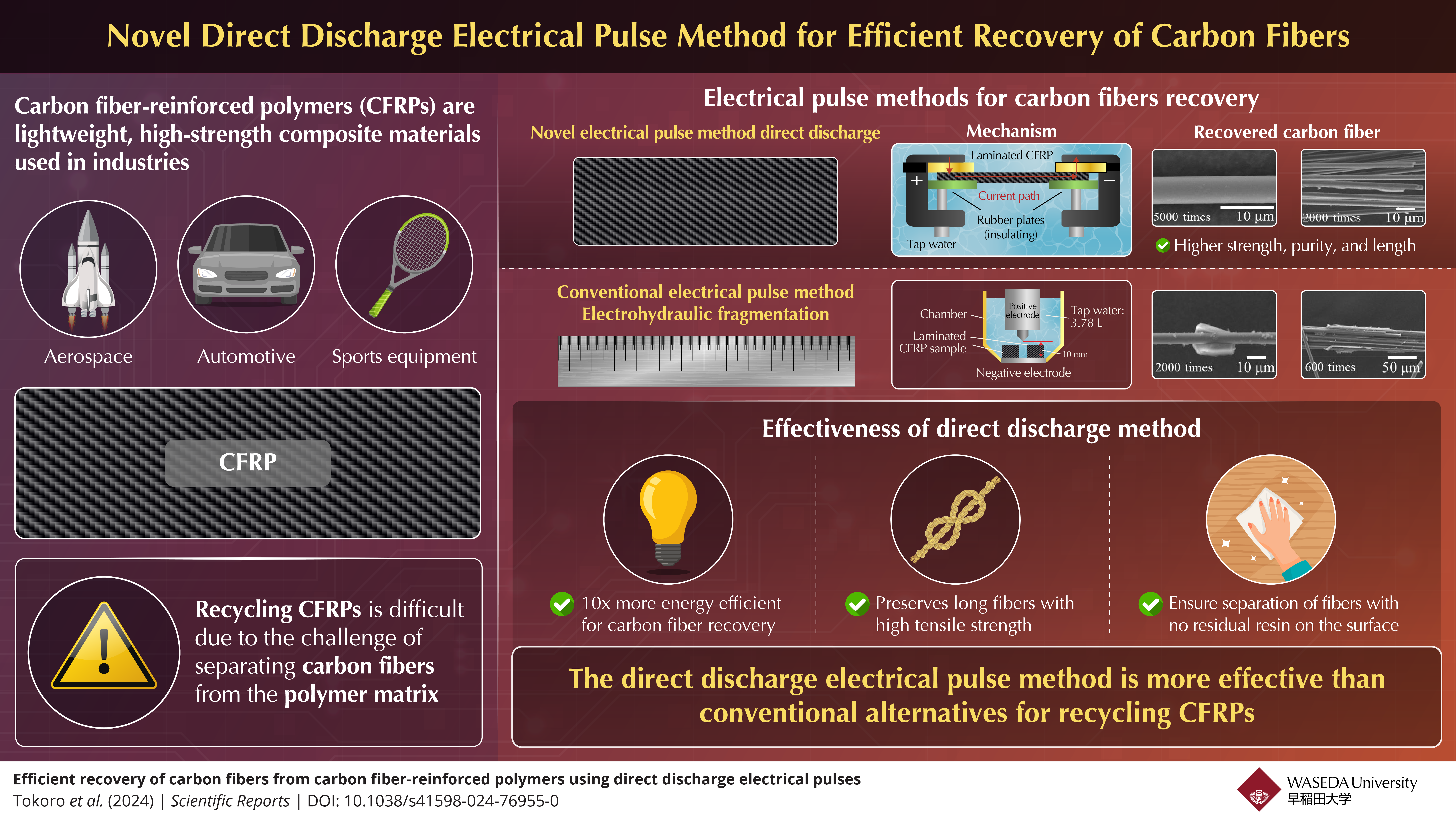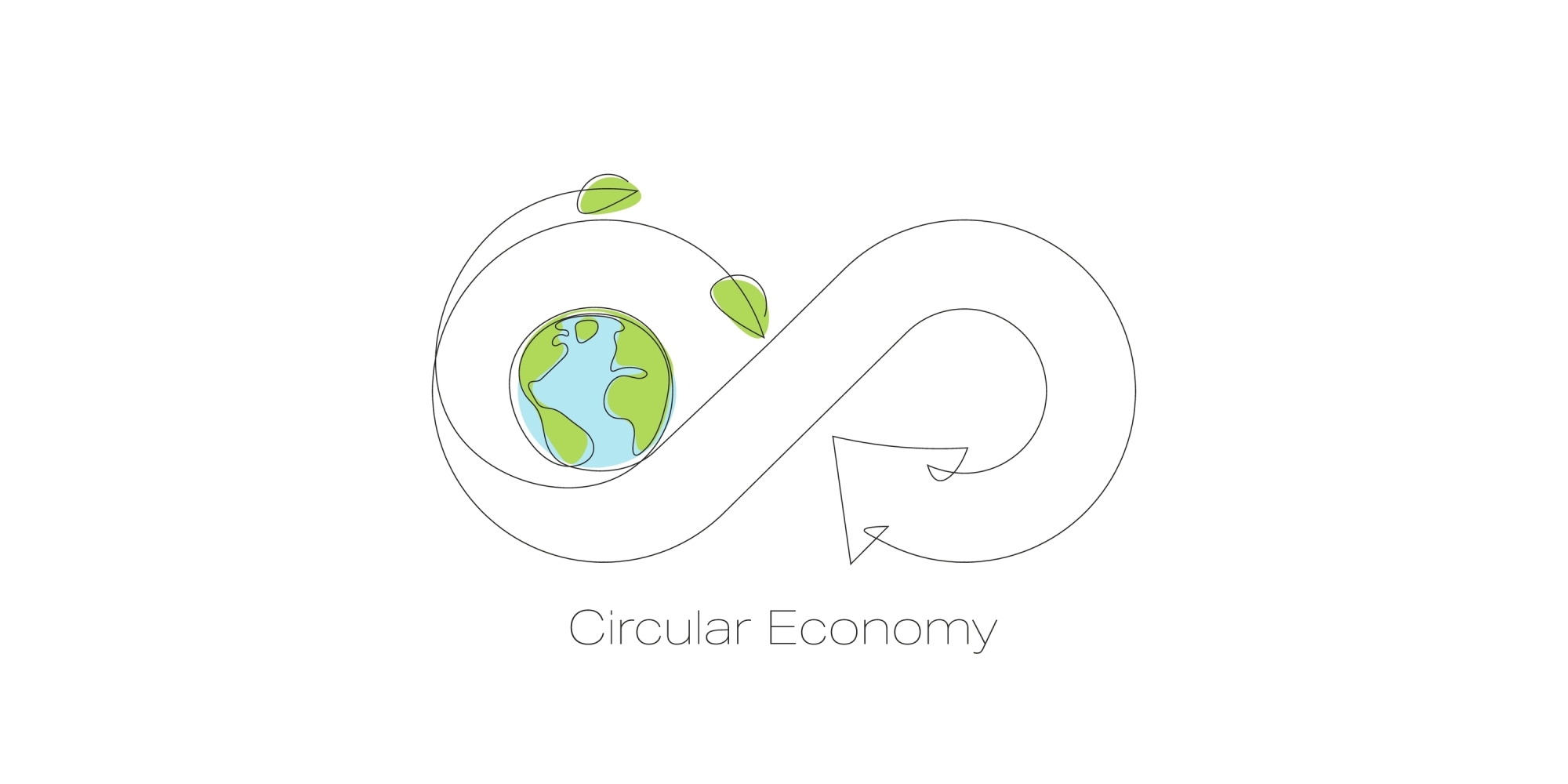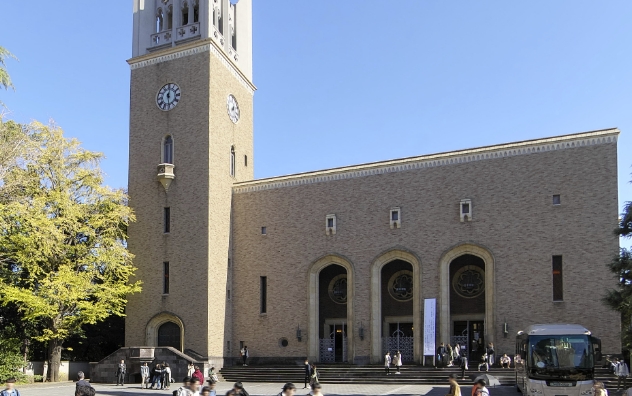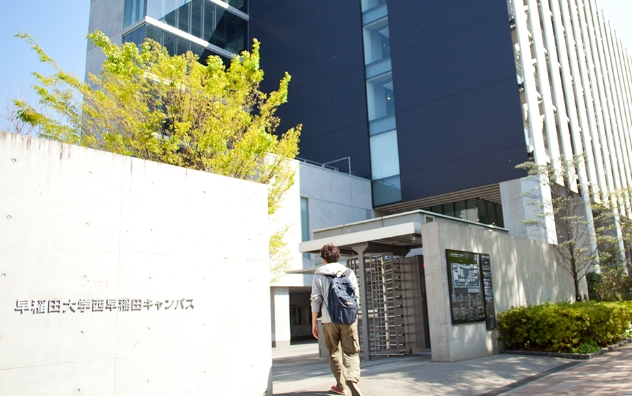Direct Discharge Electrical Pulses for Carbon Fiber Recycling
Tue, Jan 14, 2025-
Tags
Direct Discharge Electrical Pulses for Carbon Fiber Recycling
Researchers developed a novel electrical pulse method for carbon fiber recycling enhancing efficiency and sustainability
Carbon fiber-reinforced polymers (CFRPs) are used in the aerospace, automotive, and sports equipment industries. However, their recycling remains a major problem. In a recent study, researchers from Waseda University demonstrated a novel direct discharge electrical pulse method for the efficient, effective, and environmentally friendly separation of CFRPs to recover high-quality carbon fibers. This work is expected to pave the way for a more sustainable world.

Image title: Direct discharge electrical pulse method
Image caption: The novel method for recycling carbon fiber-reinforced polymers is at least 10 times more energy efficient than conventional alternatives.
Image credit: Chiharu Tokoro from Waseda University, Japan
License type: Original content
Usage restrictions: Cannot be reused without permission.
The world is hurtling rapidly towards a developed future, and carbon fiber-reinforced polymers (CFRPs) play a key role in enabling technological and industrial progress. These composite materials are lightweight and highly strong, making them desirable for applications in various fields, including aviation, aerospace, automotive, wind power generation, and sports equipment.
However, recycling CFRPs presents a significant challenge, with waste management being a pressing issue. Conventional recycling methods require high-temperature heating or chemical treatments, which result in high environmental impact and elevated costs. Moreover, it has been a challenge to recover high-quality carbon fibers. In this regard, electrohydraulic fragmentation has been proposed as a promising option. In this technique, intensive shockwave impulses generated by high-voltage discharge plasmas are applied along the interfaces of different materials to separate the various components.
While this method is lucrative, can we do better? Answering this question, a team of researchers from Waseda University, led by Professor Chiharu Tokoro from the Department of Creative Science and Engineering, and including Keita Sato, Manabu Inutsuka, and Taketoshi Koita, has come up with a novel direct discharge electrical pulse method for efficiently recycling CFRPs. Their findings have been published in the journal Scientific Reports on November 30, 2024.
Tokoro talks about the motivation behind their present work, stating: “In our previous studies, we had already established research expertise in generating shock waves in water using electrical pulse phenomena to efficiently fragment difficult-to-process materials. However, in applications such as lithium-ion batteries, we discovered that direct discharge, which utilizes Joule heating and vapor expansion of the material itself, is more effective for high-efficiency separation than relying on shock waves. We now apply this approach to CFRP, hypothesizing that it could achieve more efficient separation compared to current methods.”
The direct discharge electrical pulse technique leverages Joule heat generation, thermal stress generation, and expansion force due to plasma generation, foregoing the need for heating or chemicals. The researchers compared this method with electrohydraulic fragmentation by examining the corresponding physical properties of the recovered carbon fibers, including length, tensile strength, resin adhesion, and structural degradation, as well as the energy efficiency in terms of fiber separation. They found that their new technique is more effective for carbon fiber recovery. It preserves relatively longer fibers with higher strength and also precisely separates CFRPs into individual fibers without retaining any residual resin on the surface.
Furthermore, the direct discharge approach improves energy efficiency by a factor of at least 10 compared to traditional alternatives, while reducing environmental impact and promoting resource utilization.
Therefore, this technology is anticipated to accelerate CFRP recycling, contributing significantly to the development of a sustainable society. According to Tokoro, “Our research findings have numerous applications, pertaining to the recycling of CFRPs from spent aircraft components, automotive waste, and wind turbine blades. Thus, the present innovation supports sustainability across industries by enabling efficient resource recovery and reducing environmental impact.”
Overall, this work is expected to further the United Nations Sustainable Development Goals of Industry, Innovation and Infrastructure (SDG 9) and Responsible Consumption and Production (SDG 12).
Reference
Title of original paper:Efficient recovery of carbon fibers from carbon fiber-reinforced polymers using direct discharge electrical pulses
DOI: 10.1038/s41598-024-76955-0
Journal: Scientific Reports
Article Publication Date: 30 November 2024
Authors: Chiharu Tokoro1,2, Keita Sato1, Manabu Inutsuka3, and Taketoshi Koita1
Affiliations:
1Department of Creative Science and Engineering, Waseda University, Japan
2Faculty of Engineering, The University of Tokyo, Japan
3Waseda Center for a Carbon Neutral Society, Waseda University, Japan
About Professor Chiharu Tokoro from Waseda University
Chiharu Tokoro has been a Professor at the Department of Creative Science and Engineering at Waseda University, Japan, since 2015, and is also associated with the Faculty of Engineering, The University of Tokyo. She received a B.E. in Resources Engineering from Waseda University in 1998, and an M.E. and Ph.D. in Geosystems Engineering from The University of Tokyo in 2000 and 2003, respectively. Her research interests include resource separation technologies for the realization of a circular economy, environmental remediation and purification technologies for resources, and powder simulation technology for energy-saving process development. She has published over 200 research articles, which have been cited over 2,000 times.














